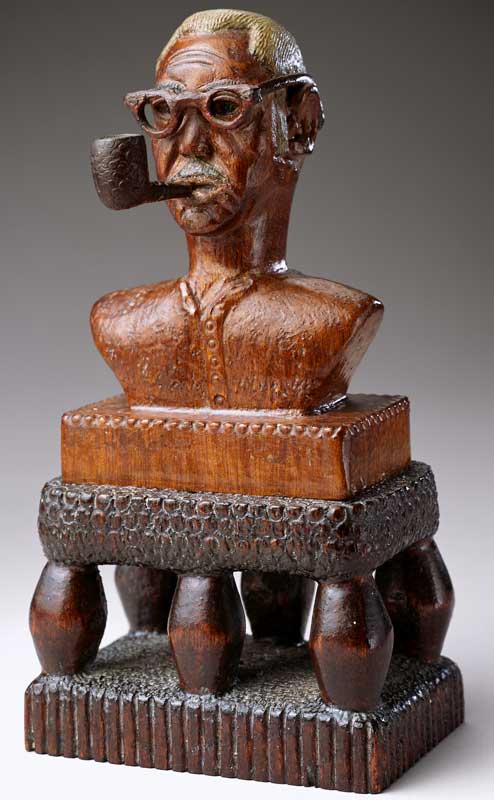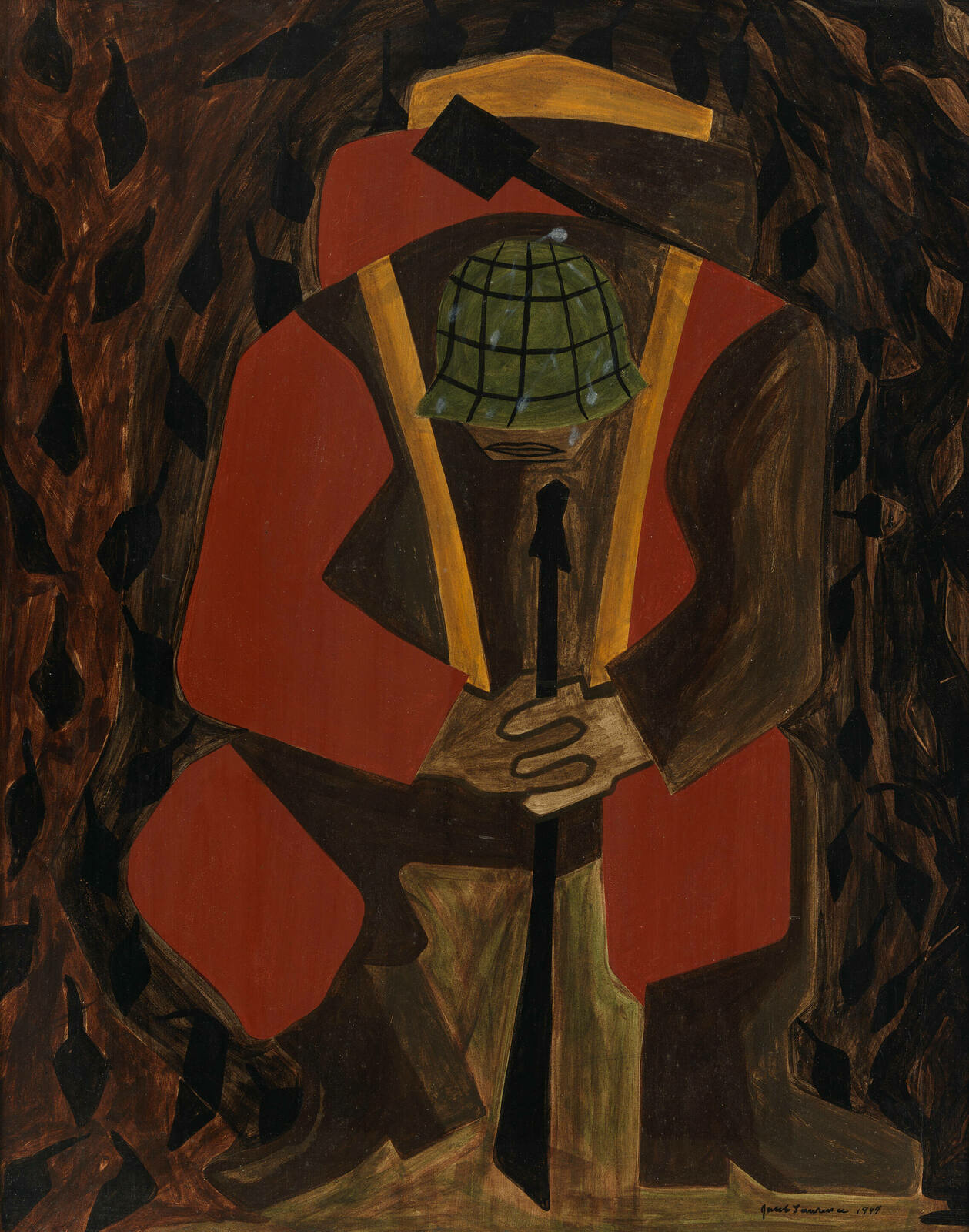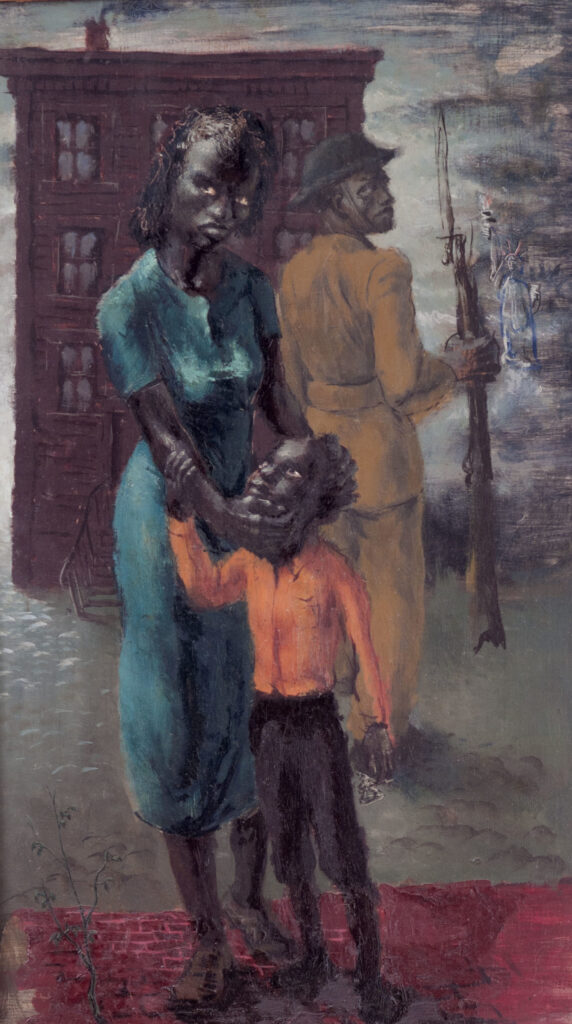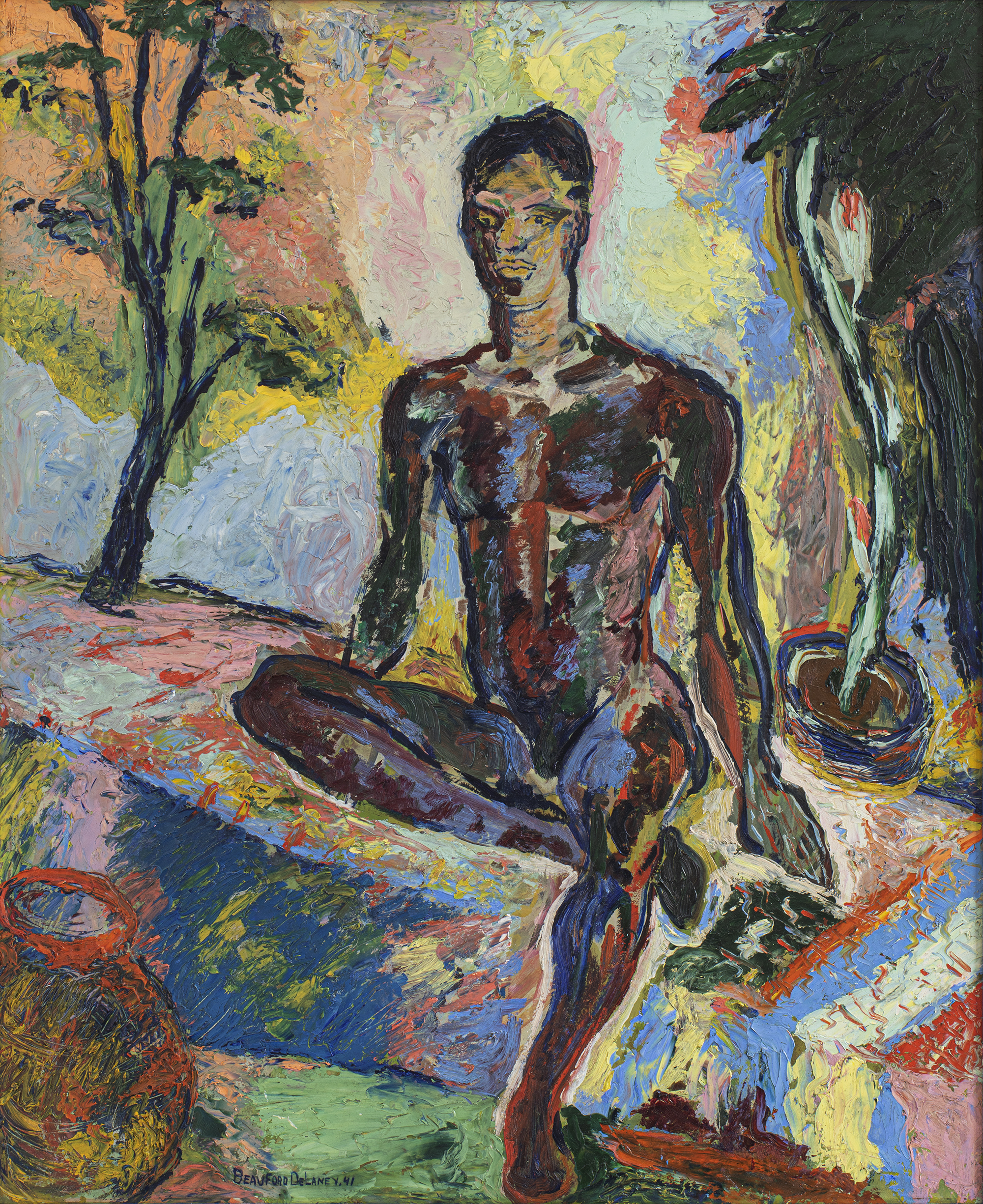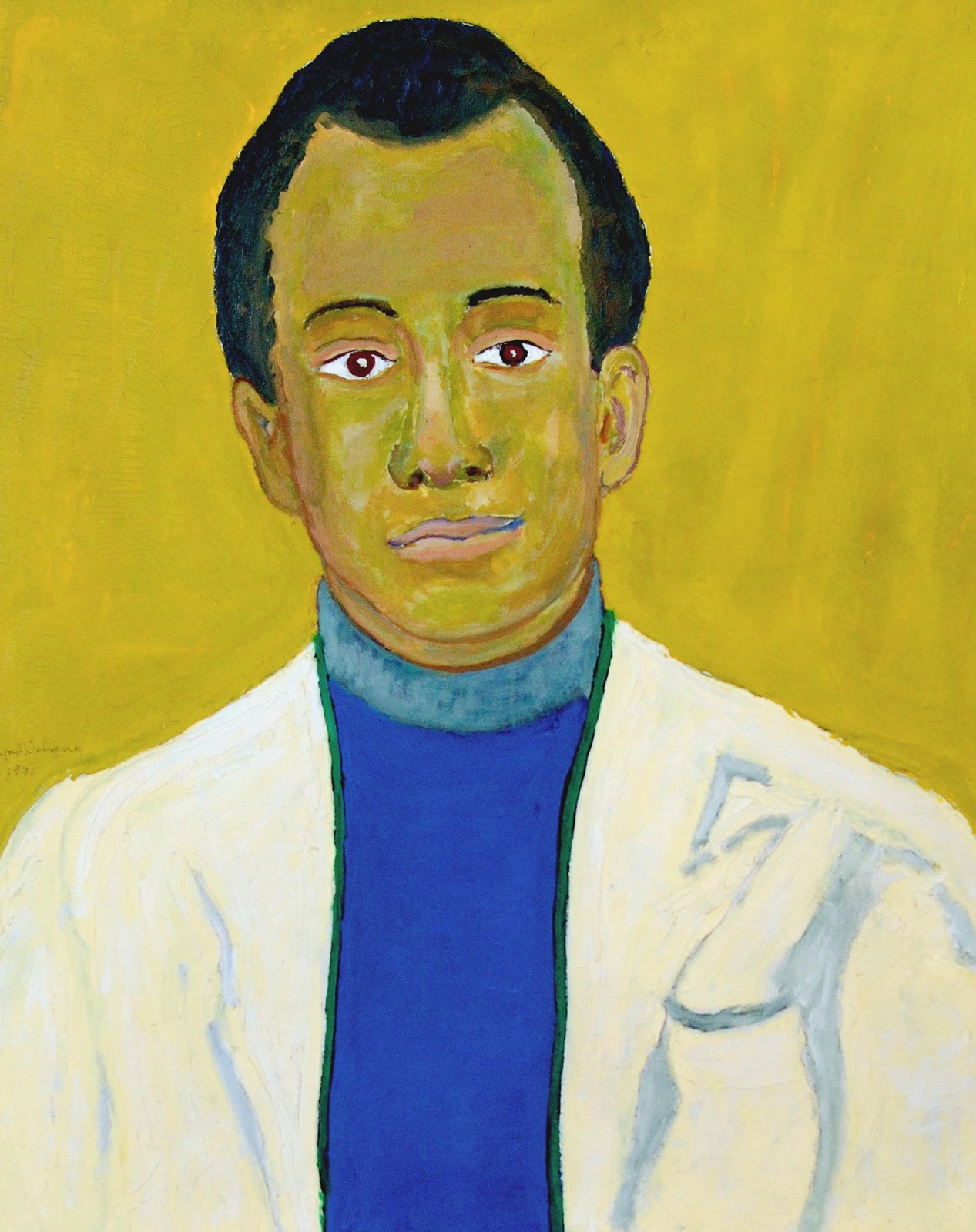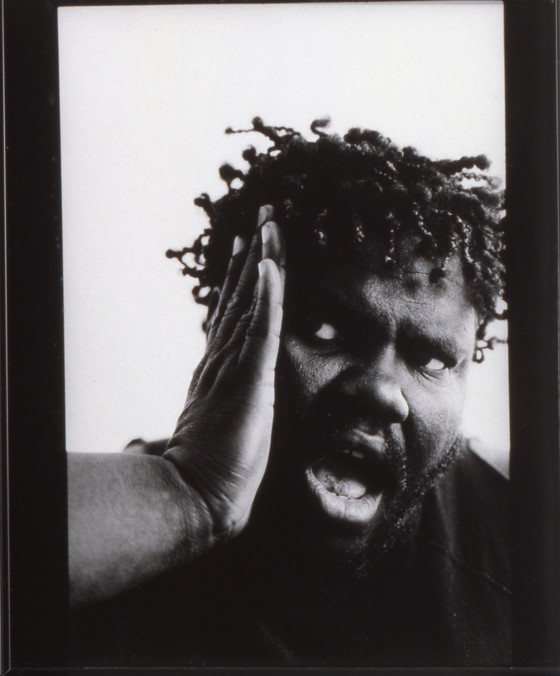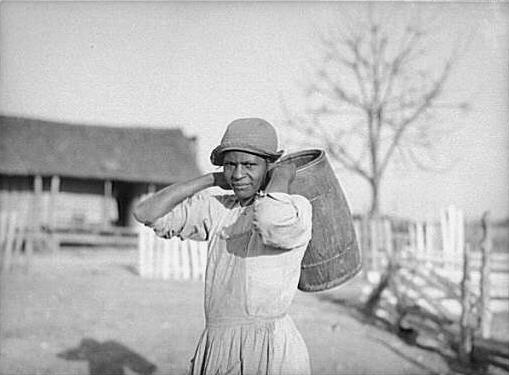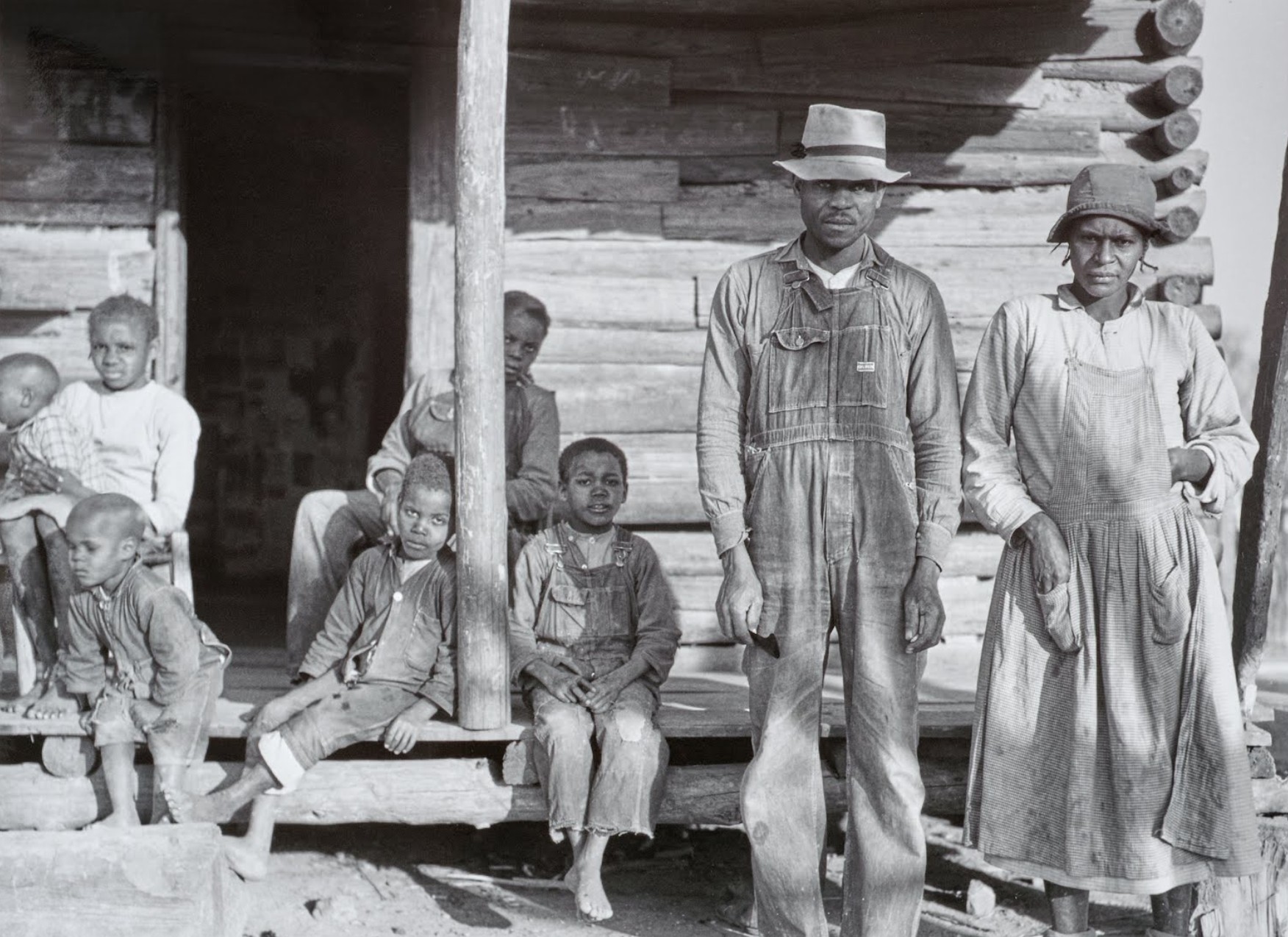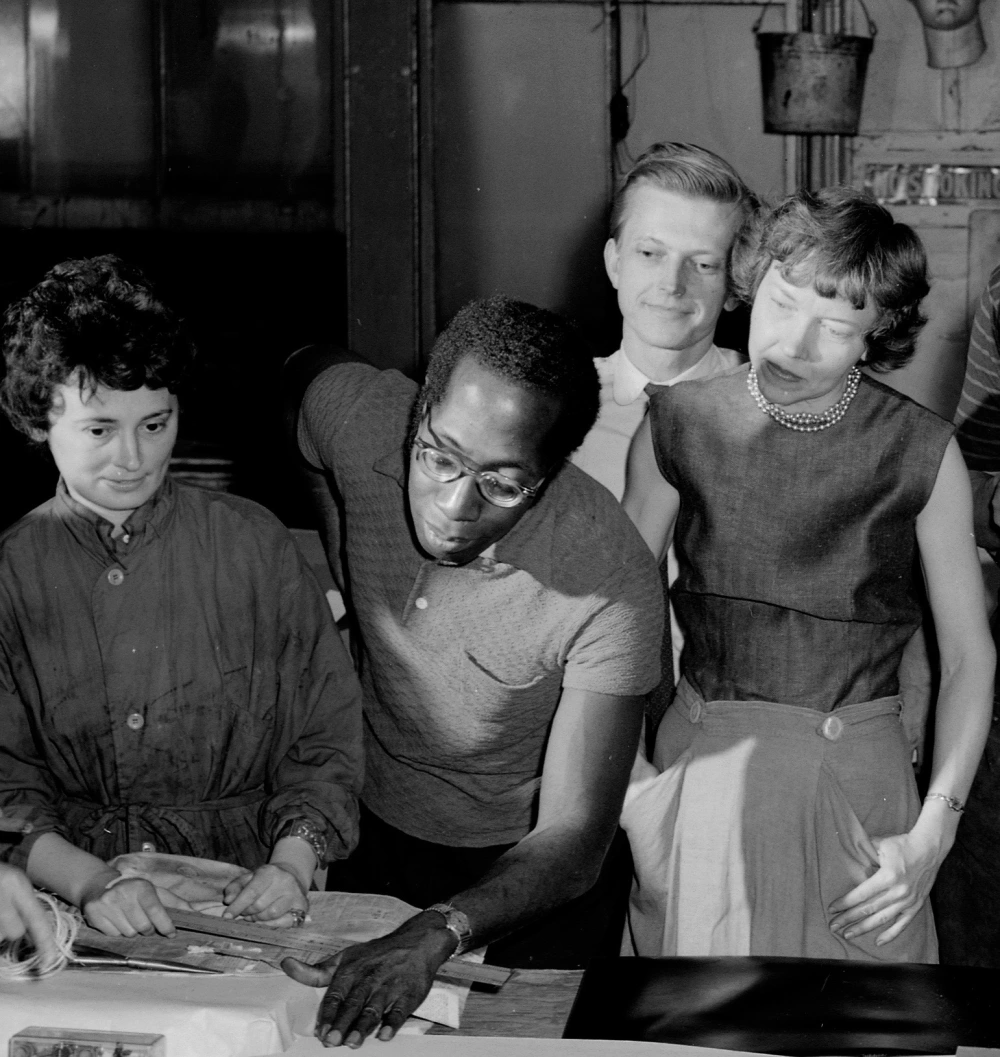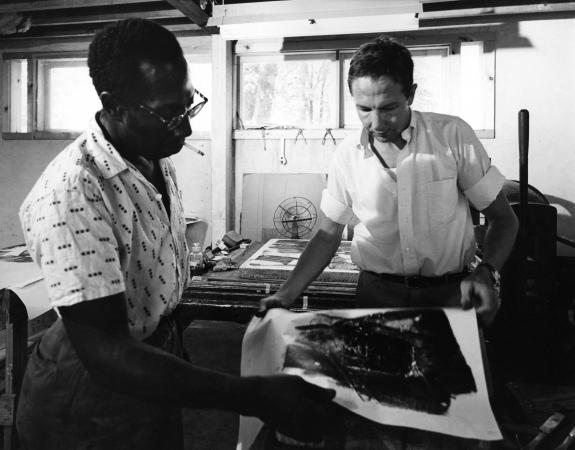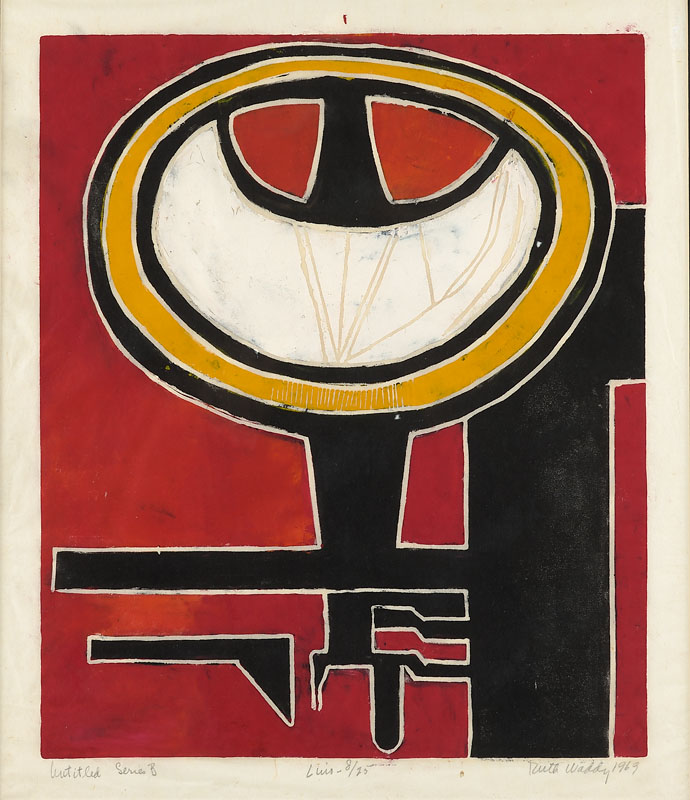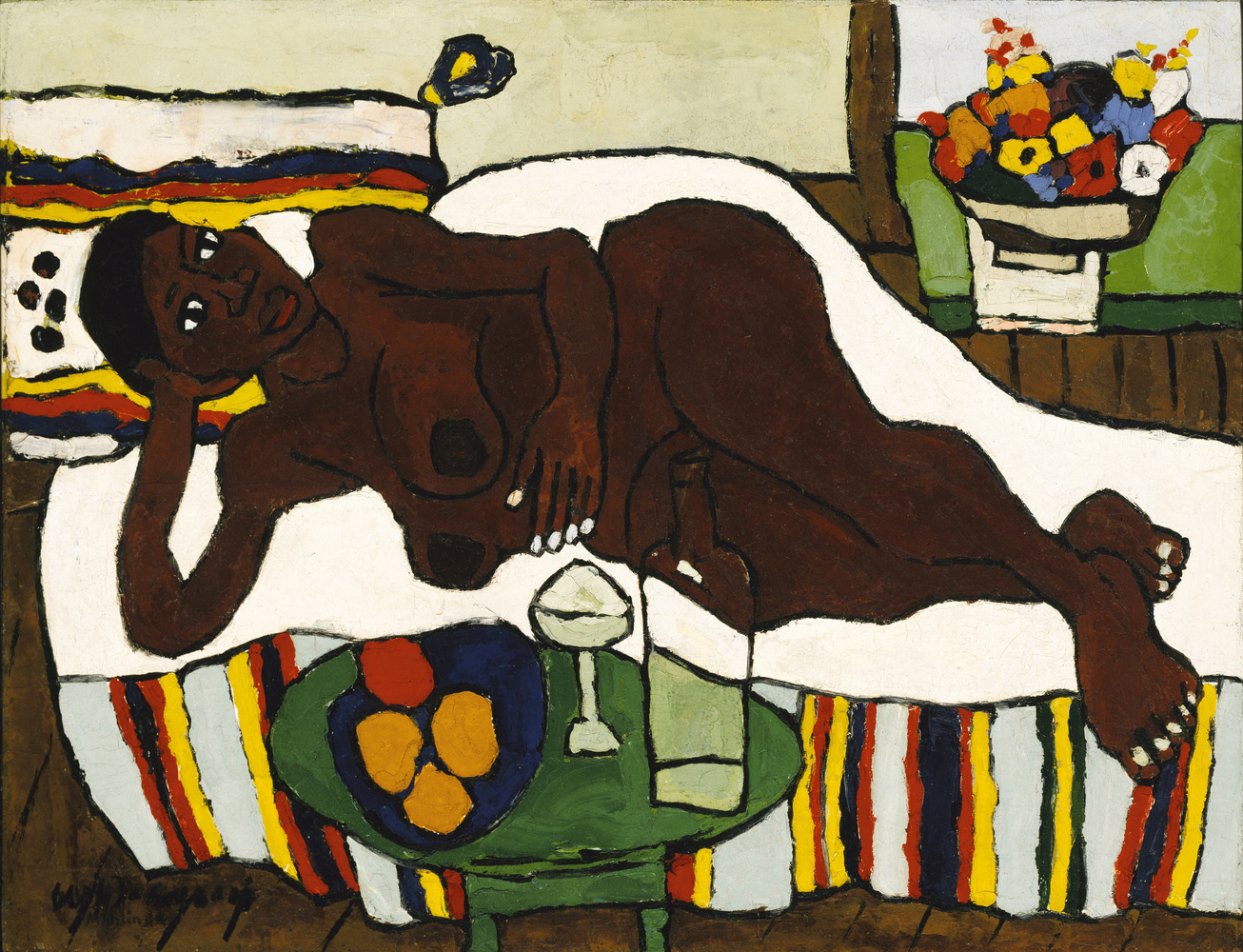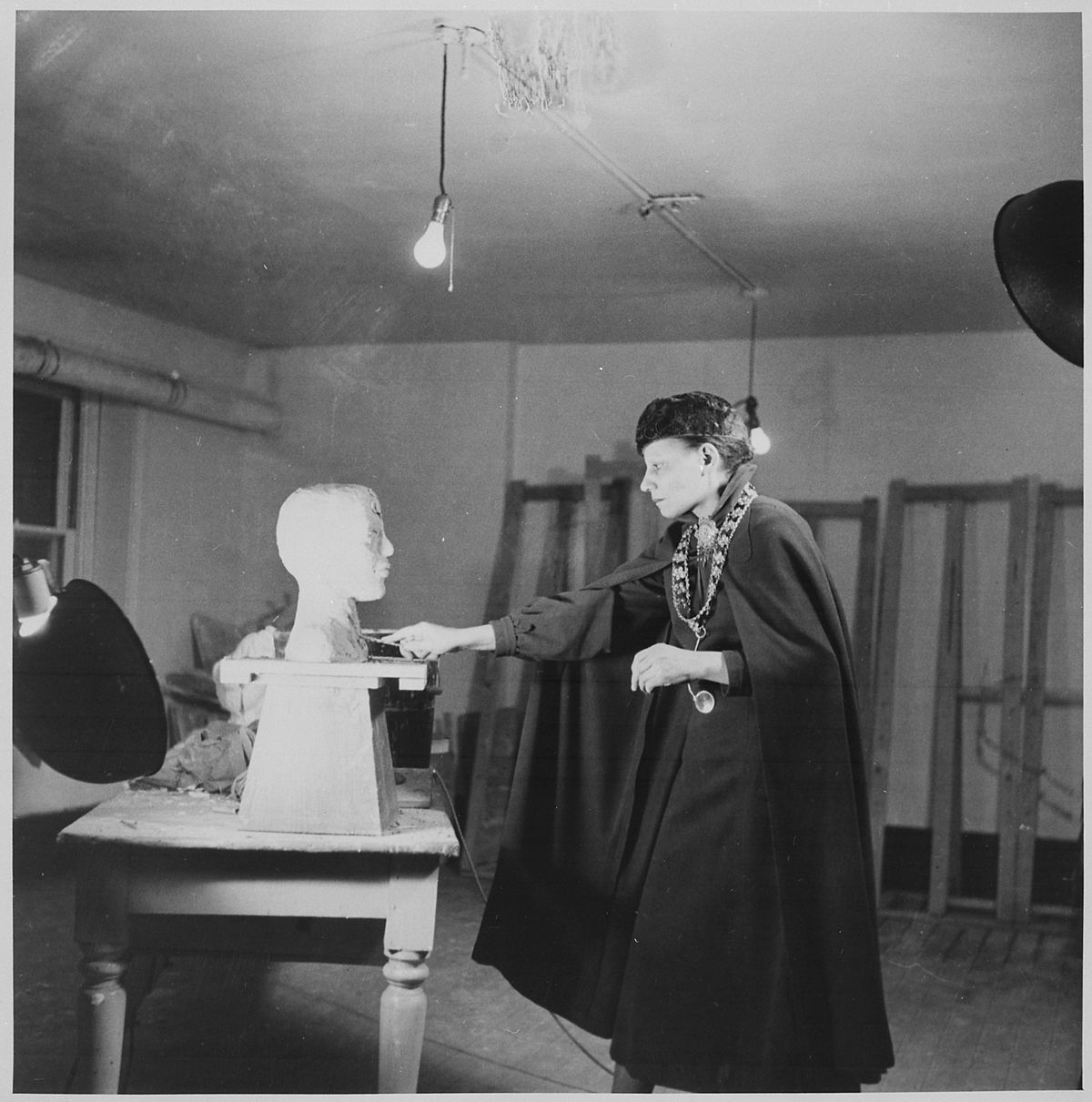Fallen Through The Cracks – Black Artists in History: Cliff Joseph
Cliff Ricardo Joseph
#FallenThroughTheCracks – Clifford Ricardo Joseph was born on June 23, 1922, in Panama City, Panama. He was an influential figure in both the art world and the field of art therapy and was also a notable activist. Born to parents who immigrated to the United States and settled in Harlem, New York, Joseph’s early life was shaped by these dynamic surroundings. He served in a field artillery unit overseas during WWII. Post-war, he pursued his passion for art at Pratt Institute, New York, graduating with a degree in illustration in 1952. He later returned to Pratt as an art therapy instructor. He also enhanced his expertise by studying at the Turtle Bay School of Therapy.
His artistic endeavors often reflected his strong anti-war stance, as many works critiqued the Vietnam War and warfare in general. A pivotal moment in Joseph’s career was in 1968 when he, alongside Benny Andrews and others, established the Black Emergency Cultural Coalition (BECC). This coalition arose as a reaction to the Metropolitan Museum of Art’s “Harlem on My Mind” exhibition, which notably excluded Black artists. Joseph emphasized the importance of Black Art being curated by individuals who deeply understood the Black experience.


As BECC’s co-chair, he was instrumental in organizing the “Rebuttal to Whitney Museum Exhibition” at the Acts of Art Gallery in Manhattan. This exhibition was a direct response to the Whitney Museum’s decision to proceed with the Contemporary Black Artists in America exhibition without consulting BECC or community representatives, a proposal Joseph and Andrews had made. Joseph’s contributions to art therapy were pioneering, particularly as one of the first African Americans in the field. He joined the American Art Therapy Association, becoming its first African-American member. His role in suggesting art-based therapies to Governor Nelson Rockefeller during the 1971 Attica Prison uprising, in collaboration with Andrews, was a testament to his belief in the healing power of art. By 1982, Joseph was practicing art therapy at Lincoln Hospital and held a position at the Albert Einstein College of Medicine, marking his long-standing commitment to this discipline. Clifford Joseph passed away on November 8, 2020.
(Text paraphrased from Wikipedia and other sources. All Images are the property of the copyright owners. This clip is for educational purposes.)

